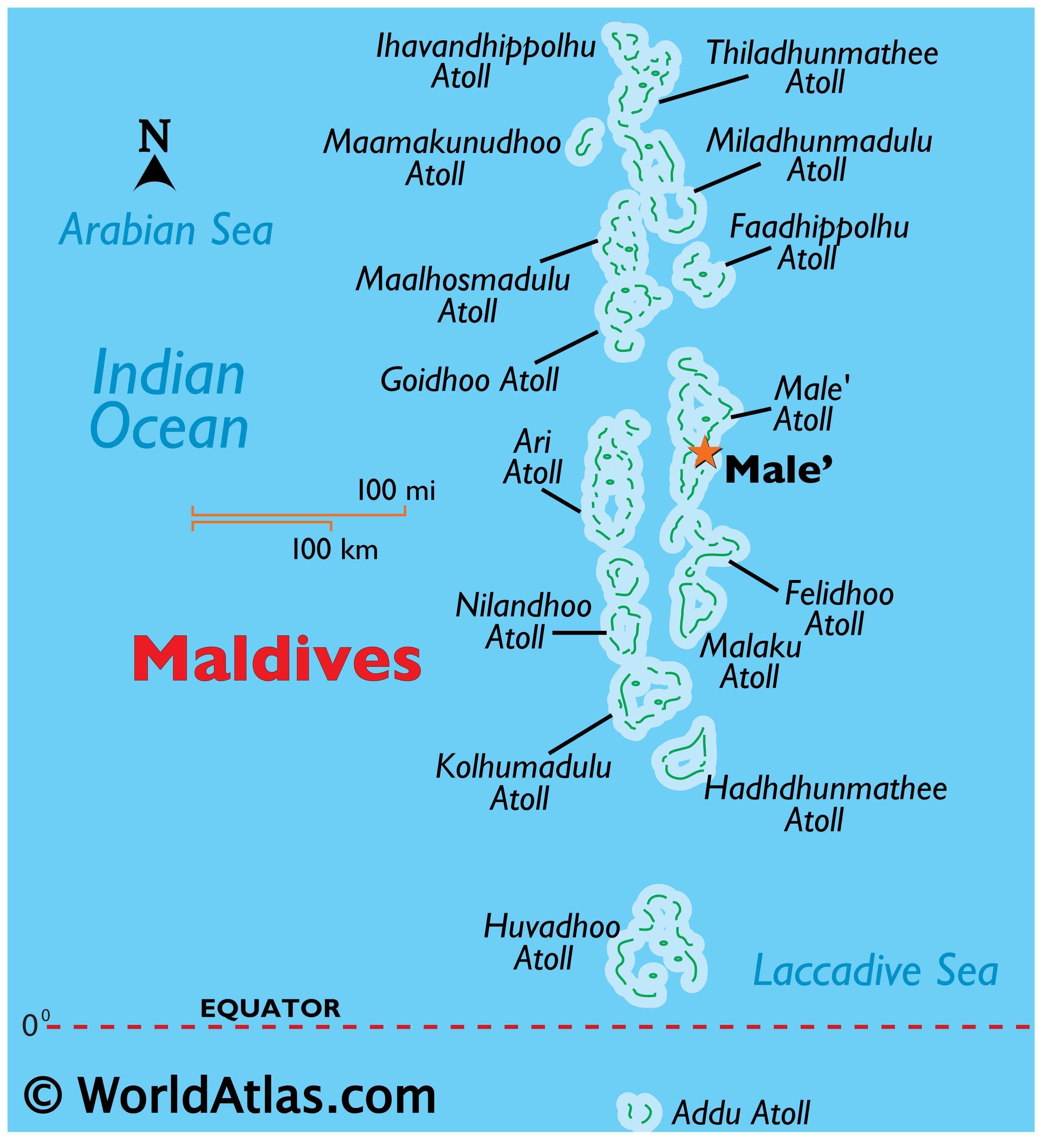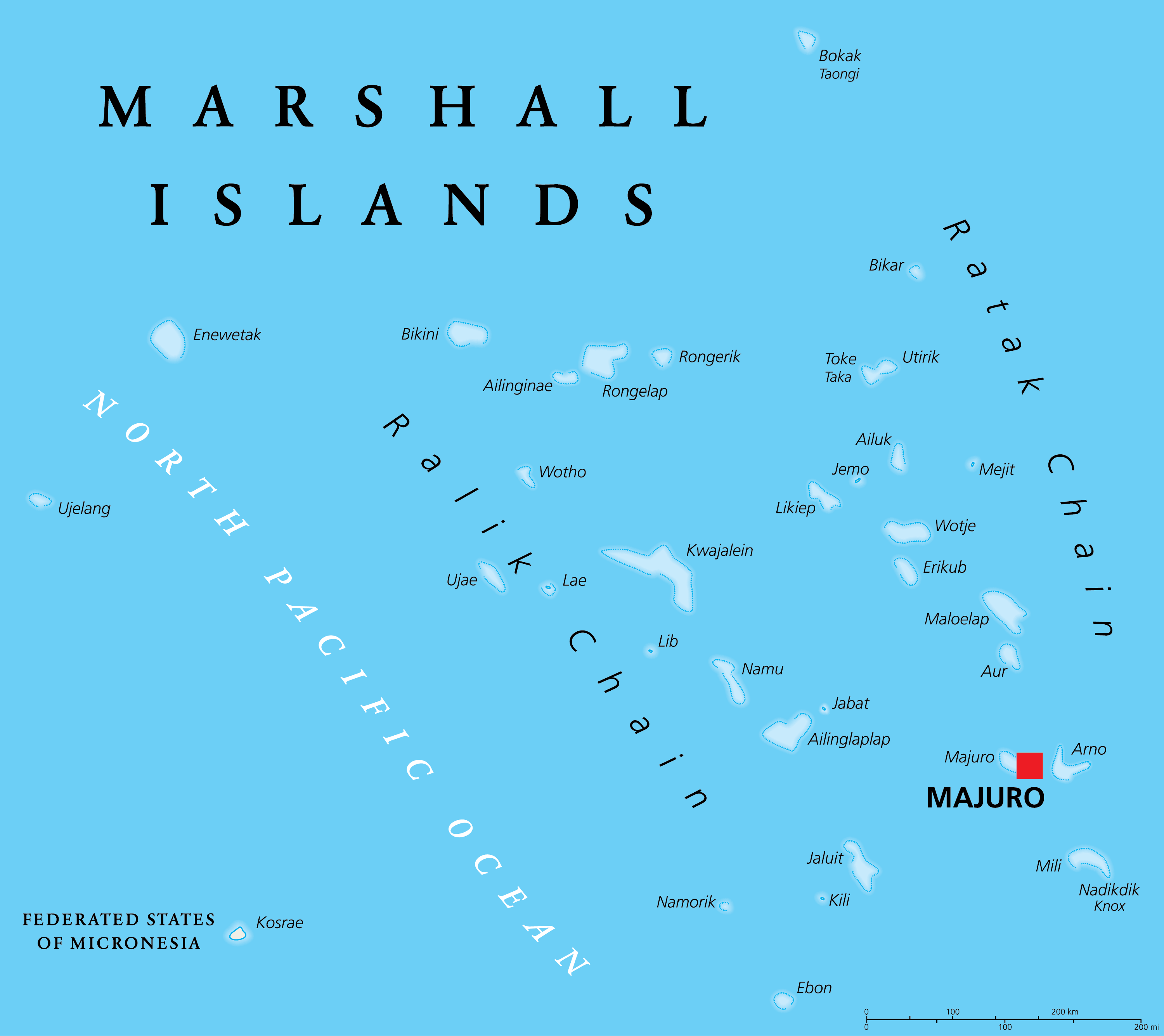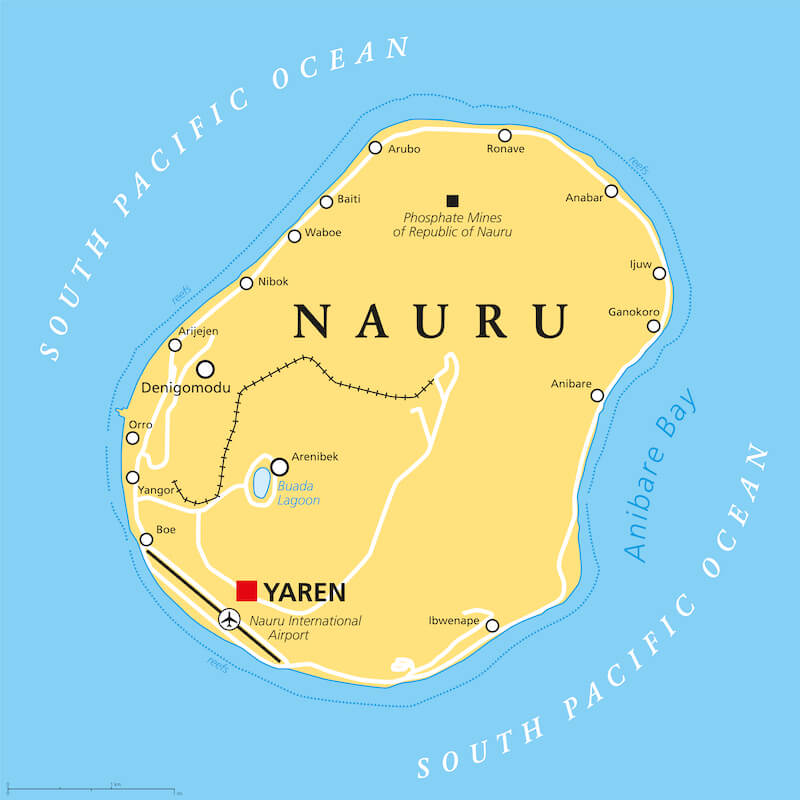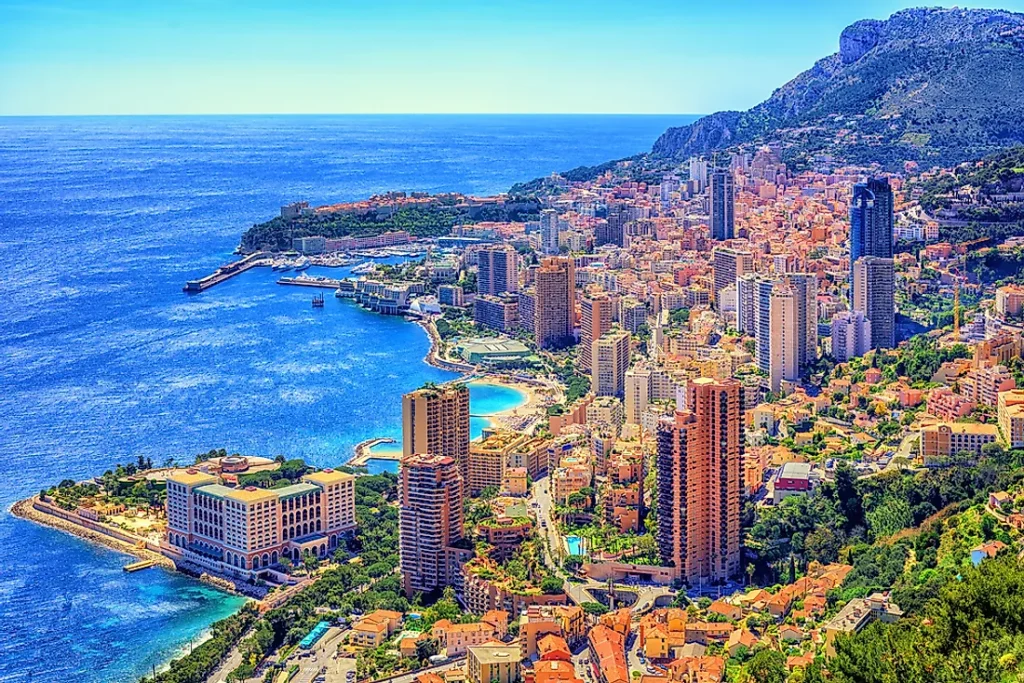Ever wondered about the tiniest corners of the world? This dive into the top ten smallest countries in 2025 is all about those little places that pack a huge punch. Picture a city like Vatican City, barely a dot on the map, yet it’s the heart of a global faith. Or think of Nauru, a speck in the Pacific with beaches that’ll make your jaw drop.
These small nations aren’t just about size they’ve got stories, cultures, and vibes that make them unforgettable. From Monaco’s glitzy shores to Tuvalu’s coral reefs buzzing with life, each spot has its own magic. This isn’t some dry geography lesson; it’s a window into places that prove you don’t need to be big to shine. Whether you’re a traveler hunting for offbeat destinations or just curious about the world, this rundown’s got you covered. Expect juicy details about what makes these countries tick, from their quirky histories to their modern-day charm.
The Top Ten Smallest Countries In The World (2025)
10. Malta – 316 sq km

Nestled in the Mediterranean Sea, Malta is an archipelago of three main islands—Malta, Gozo, and Comino—boasting a rich tapestry of history and sun-soaked shores. Spanning 316 square kilometers, it’s a cultural treasure trove with ancient megalithic temples like Ġgantija, predating Egypt’s pyramids, and Valletta, a UNESCO World Heritage capital adorned with Baroque architecture. Home to roughly 569,900 people, Malta thrives on tourism, drawing visitors to its crystal-clear waters, vibrant festivals, and mediaeval fortresses.
Its strategic location, 58 miles south of Sicily, has shaped a history influenced by Phoenicians, Romans, and the British, with independence gained in 1964. The Maltese cross, a symbol of the Knights Hospitaller, reflects its heritage. From diving in the Blue Lagoon to exploring St. John’s Co-Cathedral, Malta offers endless adventures. Its dense population and lively nightlife make it a dynamic destination, perfect for those craving history and relaxation in a compact paradise.
9. Maldives – 298 sq km

The Maldives, a tropical Eden in the Indian Ocean, spans 298 square kilometers across 26 atolls and over 1,000 coral islands. Known for its overwater bungalows, turquoise lagoons, and world-class snorkeling, it’s a haven for honeymooners and luxury seekers. The capital, Male, is a bustling hub contrasting with serene outer islands, housing around 561,900 residents, including foreign workers. Islam shapes its culture, with vibrant traditions and a history tied to Tamil and Sinhalese settlers.
Independent since 1965 after British rule, the Maldives relies heavily on tourism, with resorts dotting its white-sand beaches. Its low elevation, barely 2.4 meters above sea level, makes it vulnerable to rising sea levels, adding urgency to its eco-tourism appeal. Visitors flock to dive among 2,000 fish species or relax in infinity pools. With visa-on-arrival for all, it’s accessible, though its remote location, 370 miles southwest of India, ensures an exclusive escape. The Maldives blends natural beauty with cultural depth, making it a must-visit tiny nation.
8. Saint Kitts and Nevis – 261 sq km

Tucked in the Caribbean’s Leeward Islands, Saint Kitts and Nevis is a twin-island federation covering 261 square kilometers. With a population of about 53,000, this tropical paradise blends laid-back vibes with rich colonial history. The capital, Basseterre, showcases Georgian architecture and lively markets, while Brimstone Hill Fortress, a UNESCO site, tells tales of its sugar plantation past. Independent since 1983 from British rule, it thrives on tourism and agriculture.
Saint Kitts boasts volcanic peaks like Mount Liamuiga, ideal for hiking, while Nevis offers tranquil beaches and historic estates turned resorts. Water sports, from snorkeling to sailing, thrive in its turquoise waters. Annual festivals like Carnival celebrate African and Caribbean roots, with vibrant music and dance. Less crowded than other Caribbean spots, it’s perfect for travelers seeking authentic island charm. Its small size means you can explore both islands in days, from rainforest trails to coral reefs, making Saint Kitts and Nevis a gem for relaxation and adventure.
7. Marshall Islands – 181 sq km

The Marshall Islands, a Pacific nation of 29 atolls and five islands, spans 181 square kilometers, offering untouched beauty halfway between Hawaii and Australia. With a population of around 42,000, its capital, Majuro, is a gateway to turquoise lagoons and WWII relics, like sunken ships at Bikini Atoll, a diver’s dream. Gaining independence in 1986 from U.S. administration, its Micronesian culture shines through traditional navigation techniques and storytelling. Tourism is growing, with palm-fringed beaches and vibrant marine life drawing eco-adventurers. However, climate change threatens its low-lying atolls, making visits urgent.
The islands’ history includes U.S. nuclear testing, leaving a complex legacy alongside natural splendor. Visitors can explore coral reefs teeming with 800 fish species or relax in serene settings. Limited infrastructure keeps it off the beaten path, but Fiji Airlines connects via Funafuti. The Marshall Islands offer a rare blend of history, culture, and pristine landscapes, perfect for those craving an authentic Pacific escape.
6. Liechtenstein – 160 sq km

Liechtenstein, a landlocked principality between Switzerland and Austria, covers 160 square kilometers in the heart of the Alps. Home to about 39,000 people, it’s one of the world’s wealthiest nations, with a booming finance sector and low taxes. Vaduz, the capital, features a fairytale castle perched above quaint villages, hosting the prince’s annual beer festival for residents. Its Alpine trails beckon hikers and skiers, while mediaeval castles like Gutenberg add historical charm.
A semi-constitutional monarchy, Liechtenstein blends tradition with modernity, having abolished its army in 1868. Its German-speaking culture and neutrality during world wars preserved its serene character. Tourism thrives, though no airport means entry via Zurich, a short drive away. With stunning vistas, low unemployment, and a high quality of life, it’s a hidden gem for outdoor lovers and culture seekers. Liechtenstein’s compact size makes it easy to explore, offering a peaceful retreat with European sophistication in a breathtaking mountain setting.
5. San Marino – 61 sq km

San Marino, perched atop Mount Titano in Italy’s Apennine Mountains, spans 61 square kilometers, making it one of the oldest republics, founded in 301 AD. With around 33,000 residents, this enclaved microstate is a UNESCO World Heritage site, known for mediaeval fortresses like Guaita and cobblestone streets in its capital, also called San Marino. Its economy leans on tourism, finance, and collectibles like stamps and coins. Visitors marvel at panoramic views, historic basilicas, and vibrant festivals celebrating its independence.
Italian influences dominate its cuisine and language, yet San Marino’s distinct identity shines. With no airport, access is via Rimini, Italy, a short bus ride away. Its cliff-top castles and serene countryside draw history buffs and photographers. Despite its size, San Marino’s rich heritage and resilience make it a standout. Exploring its towers and museums feels like stepping into a fairytale, offering a compact yet unforgettable journey through one of Europe’s tiniest treasures.
4. Tuvalu – 26 sq km

Tuvalu, a Pacific jewel of nine coral atolls, covers just 26 square kilometers, nestled halfway between Hawaii and Australia. With a population of about 11,000, its capital, Funafuti, hosts vibrant markets and a marine conservation area teeming with sea turtles. Independent since 1978 from British rule, Tuvalu relies on fishing, remittances, and its .tv domain sales.
Its palm-lined beaches and crystal lagoons are postcard-perfect, ideal for snorkeling and diving, yet its remote location keeps tourist crowds low. Climate change poses a dire threat, with rising sea levels endangering its low-lying atolls, making eco-tourism vital. Polynesian culture thrives through traditional dances and communal feasts, offering visitors an authentic island experience. Accessible via Fiji Airlines, Tuvalu lacks commercial hotels but offers cozy lodges. Its tranquil beauty and warm hospitality make it a rare destination for adventurers seeking untouched Pacific charm, urging travelers to visit before its landscapes face further environmental challenges.
3. Nauru – 21 sq km

Nauru, a solitary Pacific island, spans 21 square kilometers, making it the smallest island nation globally. With around 10,000 residents and no official capital (Yaren serves administratively), it’s a quiet escape east of Australia. Once a phosphate mining powerhouse, Nauru now grapples with environmental scars, yet its coastal strip bursts with coral reefs and palm-lined beaches. Independent since 1968 from Australia, its economy leans on aid and offshore banking.
Visitors, though few due to its remoteness, dive into vibrant marine ecosystems or explore WWII relics. Nauruan culture, with its unique language and traditions, adds depth to the experience. No major hotels exist, but guesthouses offer local hospitality. Its 19-kilometer ring road encircles lush landscapes, perfect for a quick tour. Nauru’s resilience and untouched beauty appeal to intrepid travelers seeking offbeat destinations. Despite past challenges, its serene shores and biodiversity make it a compelling stop for those craving a glimpse of the world’s smallest republic.
2. Monaco – 1.95 sq km

Monaco, a glittering principality on the French Riviera, covers 1.95 square kilometers, synonymous with luxury and glamour. Home to about 39,000 people, it’s one of the most densely populated nations, famed for the Monte Carlo Casino and Formula 1 Grand Prix. Its Mediterranean coastline dazzles with yachts and high-rise elegance, while Monaco-Ville’s old town offers historic charm with the Prince’s Palace.
Independent since 1297, its economy thrives on tourism, banking, and real estate, boasting one of the highest GDP per capita. French influences shape its cuisine and culture, yet Monaco’s unique identity shines through lavish events and festivals. Visitors stroll the Rock of Monaco for sweeping views or explore Larvotto Beach. With no airport, Nice’s airport is a short drive away. Monaco’s blend of opulence and compact charm makes it a bucket-list destination for those seeking a taste of extravagance in a tiny, sun-kissed paradise.
1. Vatican City – 0.44 sq km

Vatican City, the world’s smallest country at 0.44 square kilometers, is an enclaved city-state within Rome, Italy, serving as the Roman Catholic Church’s spiritual epicenter. With a population of roughly 500, including clergy and residents, it’s home to St. Peter’s Basilica, the Sistine Chapel, and Vatican Museums showcasing Michelangelo’s masterpieces. The Pope, as head of state, wields global influence, making this microstate a religious and cultural powerhouse.
Its economy relies on donations, tourism, and stamp sales, with millions visiting annually to marvel at its Renaissance treasures. Founded in 1929 via the Lateran Treaty, its history ties to early Christianity. Italian is the lingua franca, and its Swiss Guard adds colorful tradition. Accessible via Rome, it requires no visa for short visits. Vatican City’s compact size belies its monumental impact, offering a profound experience for art lovers, history enthusiasts, and pilgrims seeking a spiritual journey in a place where faith and heritage converge.

